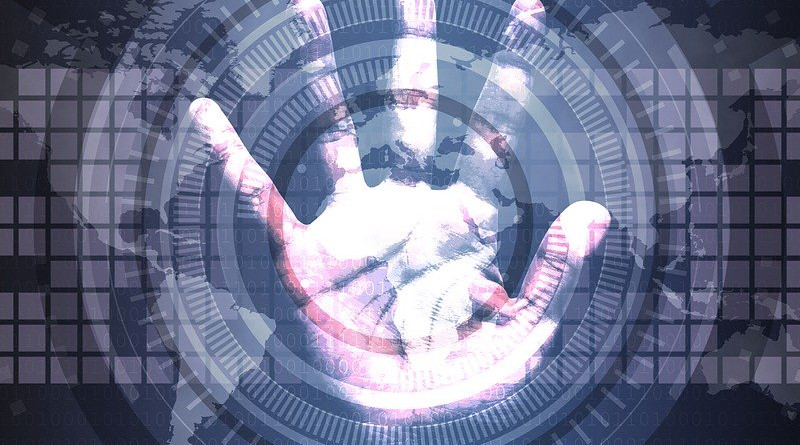Modern Terrorism And Cybersecurity Management – OpEd
By Haleema Zia*
Modern terrorism started progressing the 18th century after the French Revolution. Evolution of modes of communication and new methods of transportation became the two most significant factors which influenced the expansion of terrorism. This helped shaping the novel global dimension of the modern terrorism, as the spread of information was much faster through the use of media and computer based advanced technologies.
In the 19th century the spread of propaganda with the help of pamphlets became a vigorous tool of terrorist organizations that were focused to change the mindset of people in order to achieve their ideological objectives. After Vietnam War, there was an increased hatred from the US among the developing countries, which triggered New Leftists Wave. This induced a clear line of distinction between East and West justifying the Soviet backing in the form of aid, logistics, intelligence, and other resources to different terrorist organizations and groups in Europe, Asia and Middle East. In the same era, Cold War started spreading widely, which was characterized by state sponsored terrorism and different conflicts.
In the New Left Wave, ideological radicalism and nationalism were combined and their spread was made extremely rapid through the use of advanced media, technology and communication development. The today’s world is also experiencing terrorism in the name of religion and is often termed as Jihad era. The fusion of ideologies of different terrorist organizations with the religious beliefs and misinterpretation of Jihad has caused distress. The Soviet invasion of Afghanistan and the Iranian Revolution have provided disquieting evidence of threats to religion specifically Islam, which infused a stimulus and strong urge amongst Muslims to defend their faith.
This gave rise to religious extremism, as terrorist organizations use propaganda techniques to radicalize Muslims to aggressively defend their faith. This wave of terrorism is unique from all other waves as its operational methodology keeps on changing. The rise of religious extremist organizations, especially Al-Qaeda and ISIS (Islamic State of Iraq and Syria) has grappled special attention across the globe. This has become an important feature of international terrorism, as these extremist organizations have fully equipped themselves with advanced intelligence systems and deep learning technologies to create significant impact. This has created new challenges for the state, policy makers and military domains related to protection of information, cyberspace, sensitive data and preventing public and youth groups from being radicalized. Cyber defence is crucial in prevention of sensitive data and to safeguard assets.
Cyber defense refers to computer based network mechanism that includes specific actions for protection of critical infrastructure and information assurance for state entities, military domains and other possible networks. Cybersecurity is the development, management, control and use of operations security, Information Technology security, and Information security tools and systems to defend assets and achieving regulatory compliance. Cybersecurity involves broad range of methodologies, practices and concepts that are closely related to operational and informational security. According to technology practitioners the Cybersecurity should be used particularly for security purposes that encompass informational and operational technological systems.
Managing cybersecurity risks is impossible without measuring the cybersecurity status. Therefore, it is important to have a visible cyber security status that demonstrates complete picture with measurements to find the required calculated levels of cyber security risks. This will be helpful in finding the non-state actors responsible for potential attacks or threats.
Data analytics through the use of machine learning, threat intelligence services and SIEM (Security Incident and Event Management) can play a significant role in finding potential or actual compromise over the network. However, these systems can only provide overall picture of the potential threats and cannot measure the accurate risk status. Hence, there is a dire need to understand all the constituents of the cybersecurity risk management system. These components include people, processes, and technology. Security breach can only occur if any one of these components fails or goes missing.
For a fool proof cyber defense and development of risk-based management and clear visibility of cybersecurity status, it is important to pull together all the relevant indicators of cybersecurity risk management system. The defense sector should also get benefit by AI era through organizational adaptation. The organizational configurations of successful AI-enabled companies and research firms may give insight to the defense sector for adapting AI technologies and advanced cybersecurity mechanisms at organizational level.
*About Author: Miss Haleema Zia has done MS in Management Sciences from Riphah International University. She has 8 years of working experience with development sector and has also made significant efforts in countering terrorism. She is working as an Independent Researcher in the fields of Management Sciences and Counter Terrorism to build significant connotation between the two fields. She can be accessed through [email protected].

